15 Forgotten Video Game Consoles
Before PlayStation, Xbox, and Nintendo dominated the market, numerous companies took a shot at making their own video game consoles. Many have rightfully been forgotten.
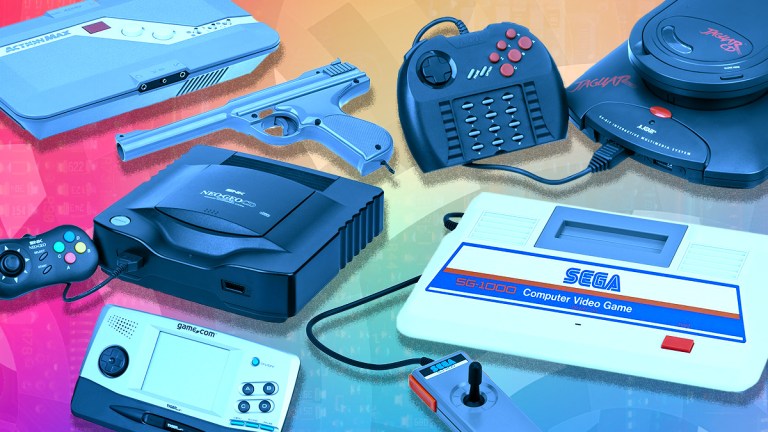
In the decades that video games have thrived, there are mainly five companies that have truly dominated the console landscape: Atari, Nintendo, Sega, Sony, and Microsoft. That’s not to say that NEC or SNK didn’t have bangers, but they were not as synonymous with gaming in the same ways those other giants were or still are.
We are at a point now where the status quo of video gaming is the latest PlayStation and Xbox duking it out over being the most cutting-edge while Nintendo gets by on being a low-powered/high-quality wild card. Then there’s computer gaming, but that’s not what this article is about. Years ago, there were plenty of consoles and handhelds that tried to leave a footprint and failed. Certain consoles (like the 3DO or the Virtual Boy) are well-known even in disgrace but others simply faded into obscurity.
Let’s look at some of the consoles and handhelds that only exist as a footnote in gaming history.
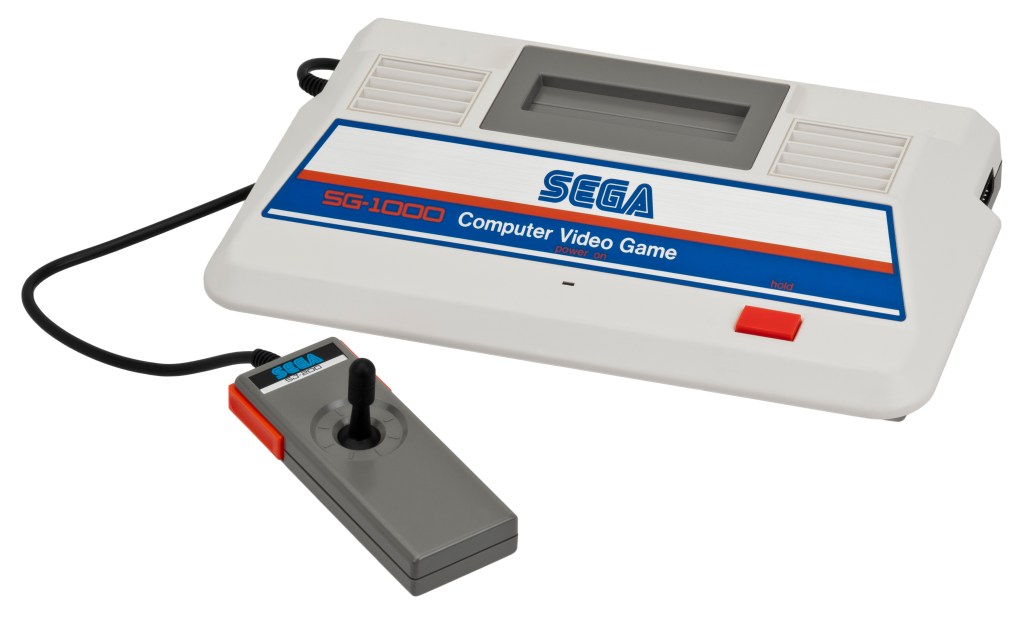
SG-1000 (1983)
Finding out about the existence of the SG-1000 is like experiencing a real-life retcon. On the very day that Nintendo released the Famicom in Japan, Sega was there with their own counterpart: the SG-1000. In terms of success, it did better than Sega anticipated, but it lacked the staying power and ended up getting crushed by the Famicom. It was released outside of Japan, but never in the United States.
So what happened? Well, for one, the hardware quality appeared to be somewhere between the Atari 2600 and the Famicom/NES. Compared to its Nintendo competition, the SG-1000 just could not compete. This was also hurt by Sega’s paranoia when it came to working with other developers. Nearly all their games were in-house because why would you want to work with a third-party developer? Guys like Konami made arcade games. They were competitors!
Thank God they came to their senses when it came to their next few forays.
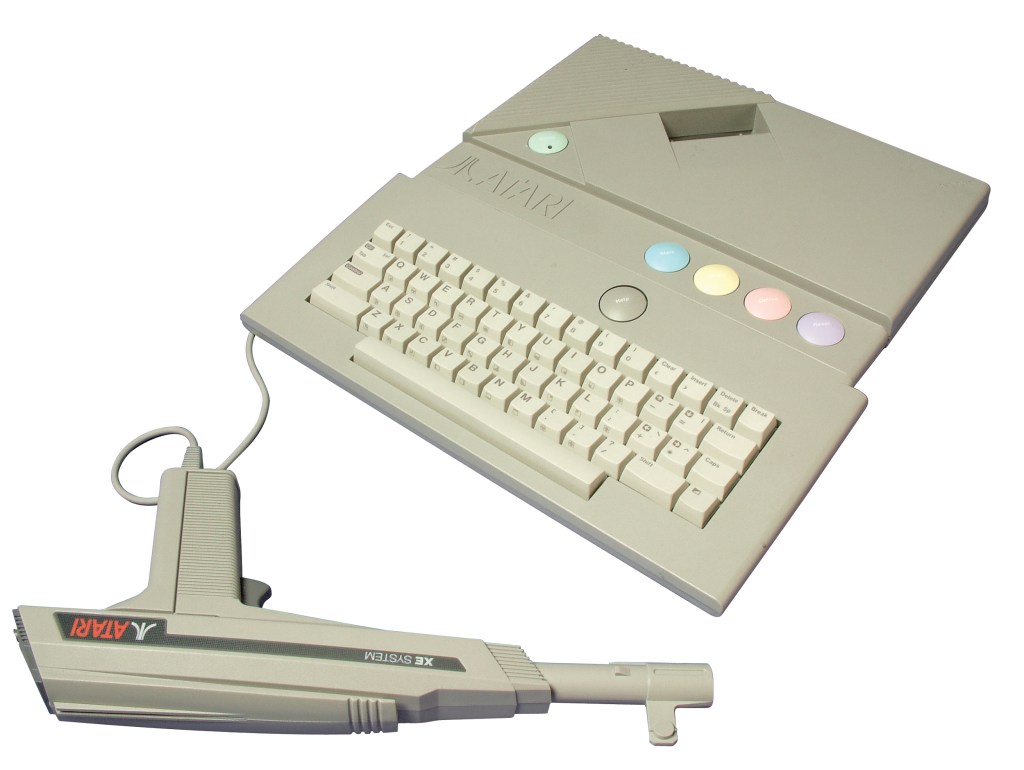
Atari XEGS (1987)
Despite the Atari 7800 being fresh and not really catching on, Atari went with an interesting strategy of releasing yet another console in 1987. This one was more of a hybrid of a gaming console and a home computer, as it simply took the Atari 65XE computer’s guts and put it in a new package that was backward compatible with other Atari systems. It also supported a light gun, a keyboard, and a disk drive, but those all came separately.
While it was incredibly cheap to produce, it was a flailing and desperate attempt to compete with the NES one last time that simply didn’t take. Funny enough, due to the backward compatibility feature, Atari would rerelease old titles in new packaging to claim that it was an XEGS game. Other times, they would just slap a sticker on an existing box to let them know that it also works on the XEGS.
My favorite thing about the Atari XEGS is the commercial, that tries so hard to convince parents to buy it over the NES. One of their talking points was trying to note how lame NES was for having a robot peripheral when they could be playing with a keyboard instead. I know that ROB ended up being a dud, but at least it looked cool in the advertisements.
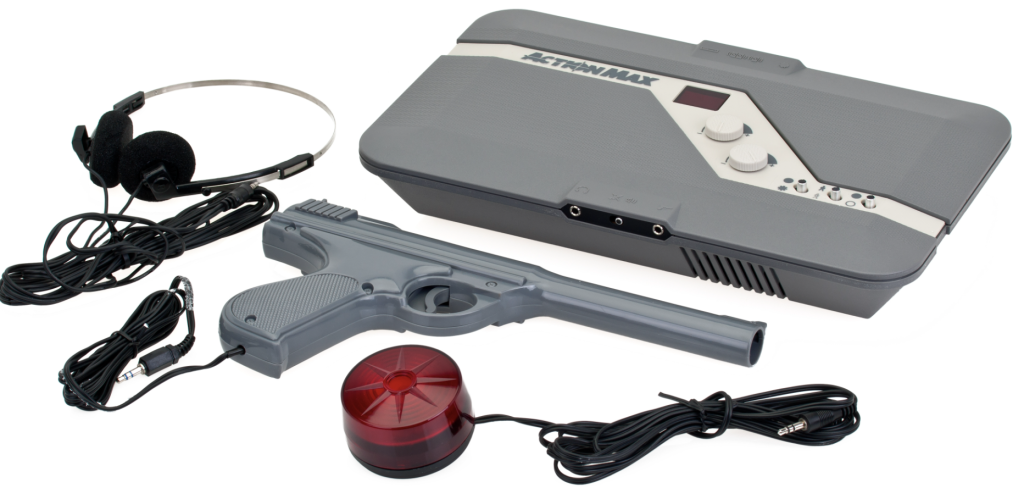
Action Max (1987)
I was six years old when the Action Max came out and when I saw the commercial for what was basically a light gun being pointed at VHS footage, I was still old enough to realize, “Wait, this makes no sense. That’s not how videos work.”
The idea behind Action Max was that you would put in a VHS tape (five released in total, all roughly 20 minutes) and try to shoot at enemy jets, ghosts, criminals, or whatever. The console itself would keep track of your accuracy and score, but as you can guess, the video itself was never affected. No matter how good or bad your aim was, the enemy jets would still explode and the only replay value came from trying to get a better score.
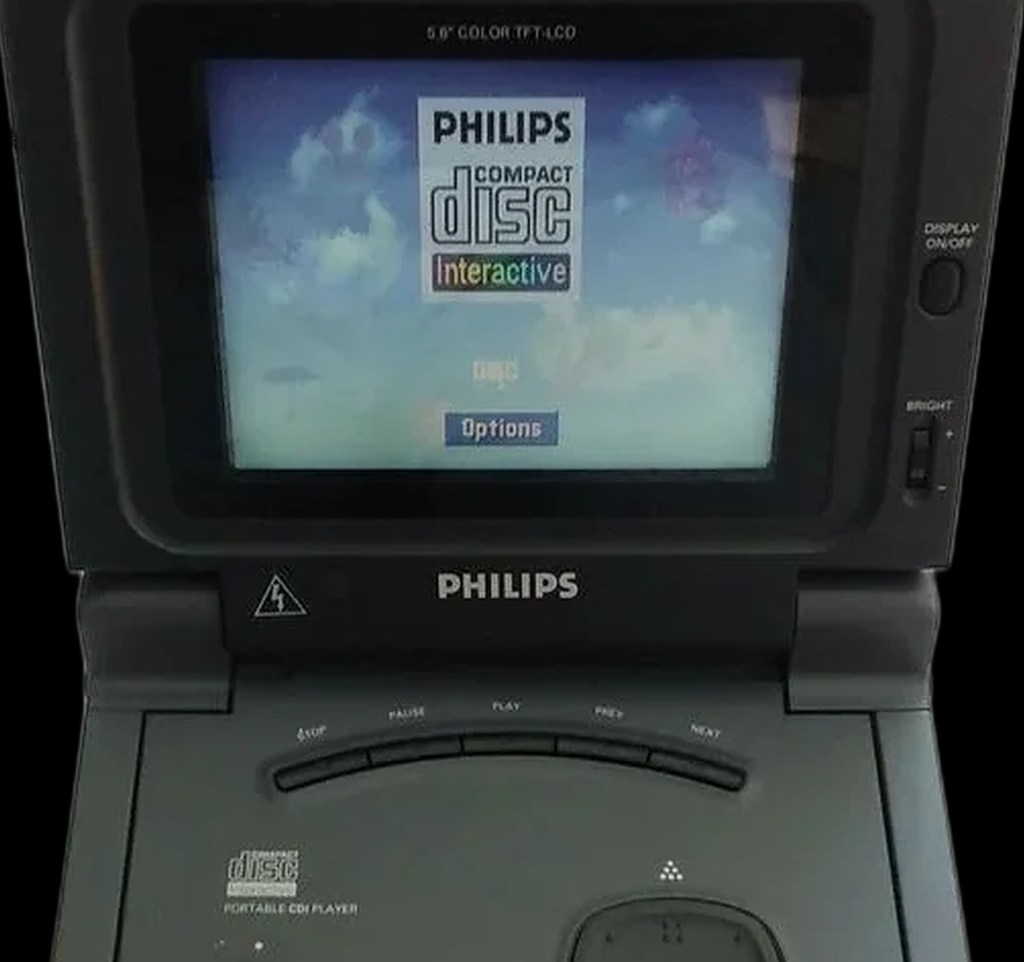
GoldStar GPI-1200 (1994)
The Phillips CD-i is one of those consoles that should be considered obscure and forgotten but sticks around in gamers’ consciousness due to those hilarious Mario and Zelda games. It remains one of the more interesting failures of the 90s due to its ridiculous asking price and awkward output of games.
But what if I told you that there was a CD-i that you could play on the go? There were actually dozens of CD-i models over the years and GoldStar was behind a few of them. The GPI-1200 looked like a run-of-the-mill portable DVD player and weighed a hefty four-and-a-half pounds. Too strange to exist, but I suppose there was somebody out there who wanted to play Brain Dead 13 in the back of their parent’s station wagon during a road trip.
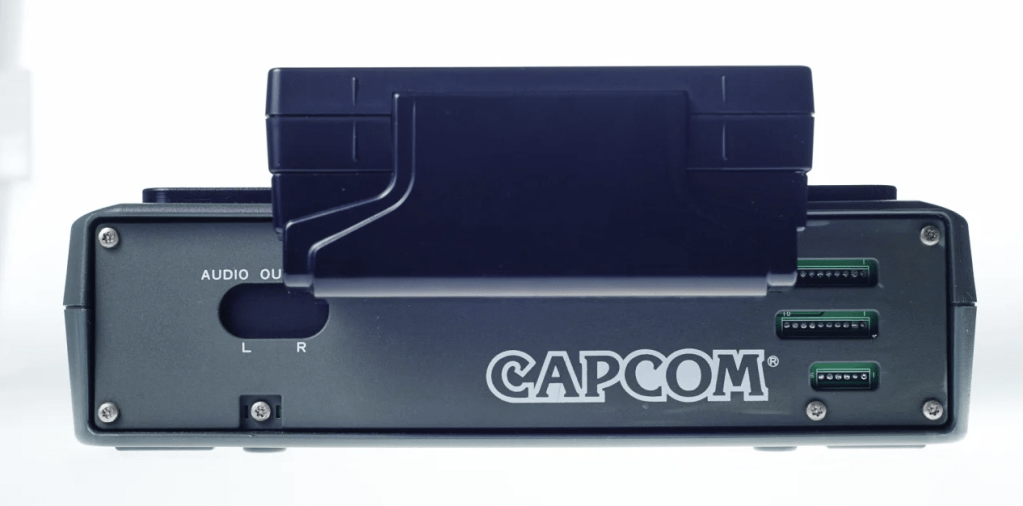
Capcom CPS Changer (1994)
SNK was a major name in the arcade scene throughout the 90s and introduced the Neo Geo AES as a console that could quite literally play arcade games at home. It was the same hardware, meaning everything was arcade-perfect, but it was sadly held back by the astronomical prices for the console and its games. SNK’s rival Capcom decided to briefly jump on that idea by creating the Capcom CPS Changer.
The system only came out in Japan and in very limited quantities. While you could play perfect versions of such classics as Final Fight, Street Fighter II Turbo: Hyper Fighting, and Saturday Night Slam Masters, Capcom had already moved on with their technology. The CPS Changer could only play games built on the CPS-1 arcade board and Capcom had started developing and releasing games for the CPS-2 arcade board.
Meanwhile, SNK spent the next decade figuring out how to build more games around the Neo Geo’s limitations, allowing their console to live on longer than it should have.
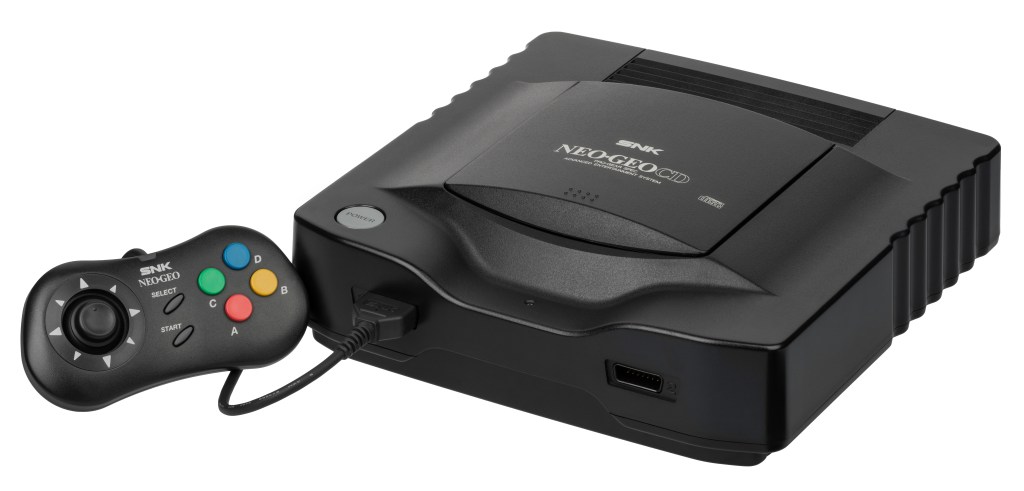
Neo Geo CD (1994)
Continuing with the Neo Geo discussion, SNK eventually realized that charging hundreds of dollars for cartridges was not going to earn them any mainstream success. So, they introduced the Neo Geo CD. The idea was that all the existing SNK arcade games would be released in CD form and would be way more affordable. On paper, it sounded like a great plan and a perfect compromise.
Things did not work out quite like that, though. It turns out that the console had some serious loading issues. Playing some of the smaller games led to no problems, as there would be minimal load times during the entire playthrough. The real problem came with the later games, especially those fighting games that were supposed to be SNK’s bread and butter. Due to the 3-on-3 nature of the series, King of Fighters would make you endure loading screens for every round as they switched out opponents. If the Neo Geo CD had any potential for success, the bad word of mouth from the constant loading killed it for them. The console was discontinued in 1997.
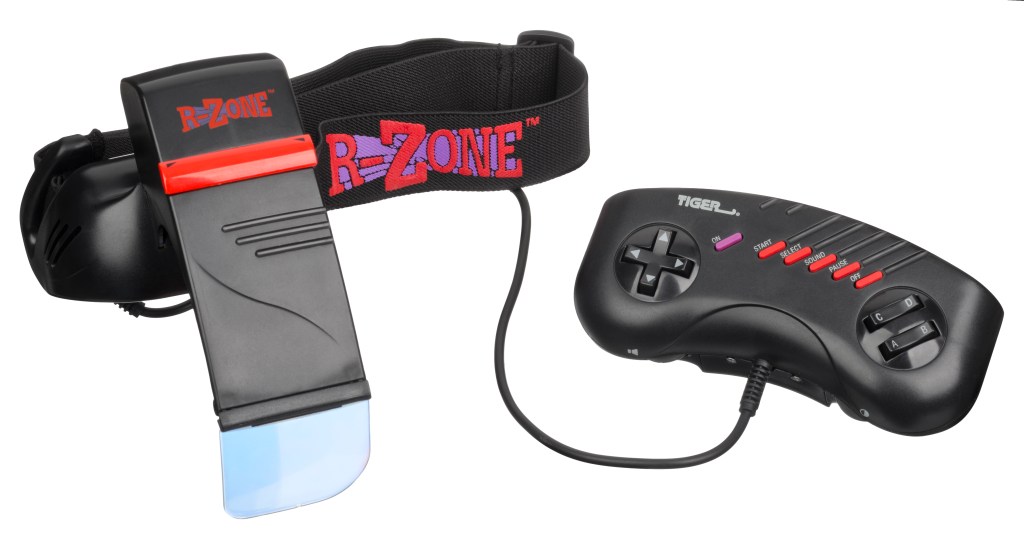
Tiger R-Zone (1995)
Tiger’s handheld electronics from the early 90s are a testament to how much a child will put up with when a property they love is available via a garbage product. Those LCD handheld titles were…memorable and eventually culminated with the release of the R-Zone: a console with the unholy cultural distinction of, “We have the Virtual Boy at home.”
The idea was to hang a reflective lens over the player’s eye as they played titles that were exactly like the older Tiger handheld games. However, the R-Zone allowed you to change cartridges and it presented those games in red and black. While the R-Zone was incredibly affordable, LCD gameplay was already old hat by 1995. More importantly, it turns out that screwing up your eyesight was not a novelty that was going to drum up interest. The R-Zone was discontinued in 1997.
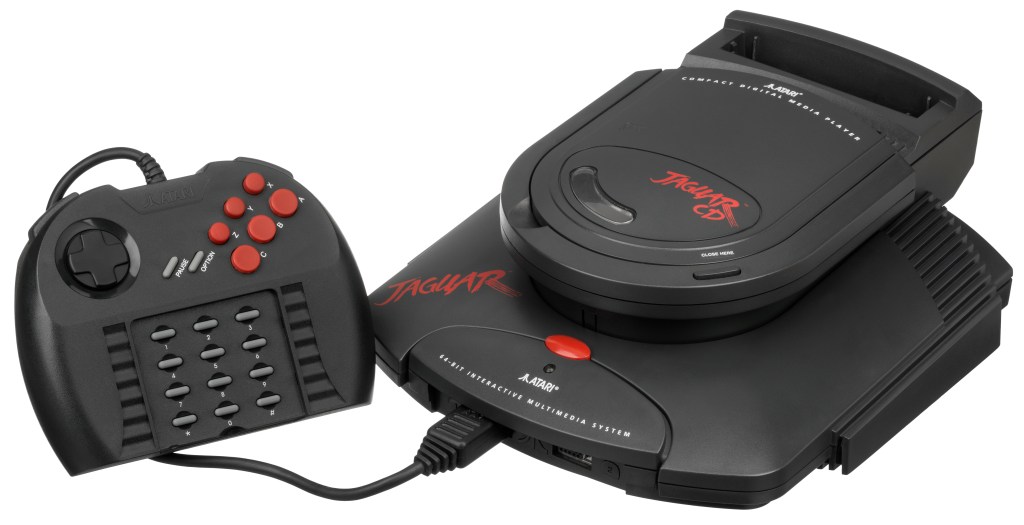
Atari Jaguar CD (1995)
The Atari Jaguar CD is like an unholy union between two failed concepts from the mid-90s. What if they took the Atari Jaguar and gave it its own Sega CD? Man, if only there was some way to add Virtual Boy technology to this. It could possibly summon the Antichrist.
Though announced before the Jaguar’s release, the Jaguar CD endured several delays before it actually hit shelves. By then, it was already too little, too late. The Jaguar was not really setting the world on fire, and this toilet-looking add-on was not going to give the console a shot in the arm. The Jaguar CD offered a small handful of games, though none of them really stood out. Not that it matters at this point, as the hardware was so faulty that it’s incredibly hard to find an old Jaguar CD that works nowadays.
Atari intended to release the JagDuo, which would be a hybrid of the Jaguar and Jaguar CD, but it never escaped the prototype phase and Atari left the console world behind.
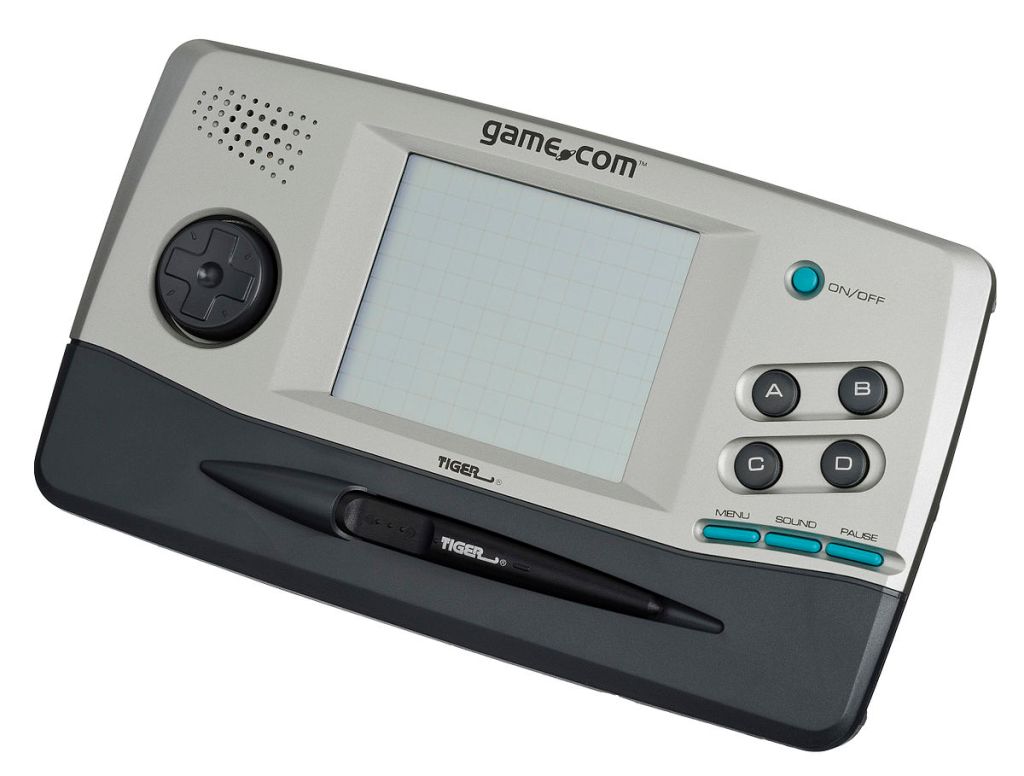
Game.com (1997)
The Game.com is mainly remembered for its commercial where a Guy Fieri-like spokesman needlessly yells at a bunch of gamers for being stupid assholes. Personally, I ship him with the equally furious Not-Emma-Stone-as-Anna-Williams-from-Tekken lady from the Atari Jaguar commercial.
Anyway, Game.com was Tiger Electronics’ attempt to compete with the Game Boy, and to its credit, it featured some ambitious ideas like a touch screen and online play. Too bad it was garbage to play. Its scant library (about 20 games) featured awful animation, bad controls, and constant blurring when stuff did move. There was the occasional speech audio (such as a Duke Nukem one-liner here and there) that sounded advanced, but it turns out that voiceovers that sound like Darth Vader working at a McDonald’s drive-thru don’t move consoles.
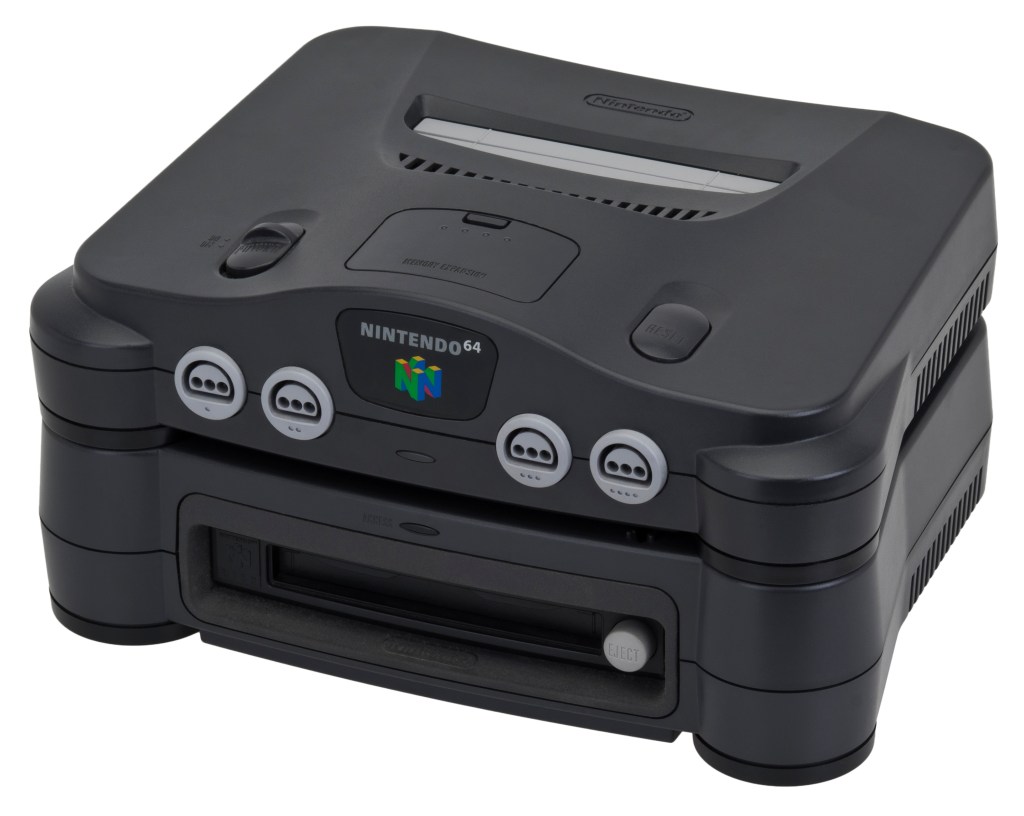
Nintendo 64DD (1999)
Though many of the entries on this list come from equally obscure manufacturers, the 64DD was a Nintendo product. As we all know, Nintendo loved hyping up every little thing they did via their own publication, Nintendo Power. They even hyped the Nintendo 64 Disc Drive attachment as something to look forward to. At one point, they even noted it would be the only way you could play the ill-fated Earthbound 64. For those with Nintendo Power subscriptions, mentions of the 64DD quietly vanished and faded into memory.
The 64DD could have been a huge boon for Nintendo. It had an internet connection, enhanced the capabilities of carts, allowed for DLC, and so on. Too bad it ended up being delayed into oblivion and only being released in Japan in late 1999 just for the sake of getting it out there. It was only active for just over a year when Nintendo of America saw its meager ten games and lack of public interest. Not wanting that stink in the US, Nintendo of America turned off the lights and pretended they weren’t home.
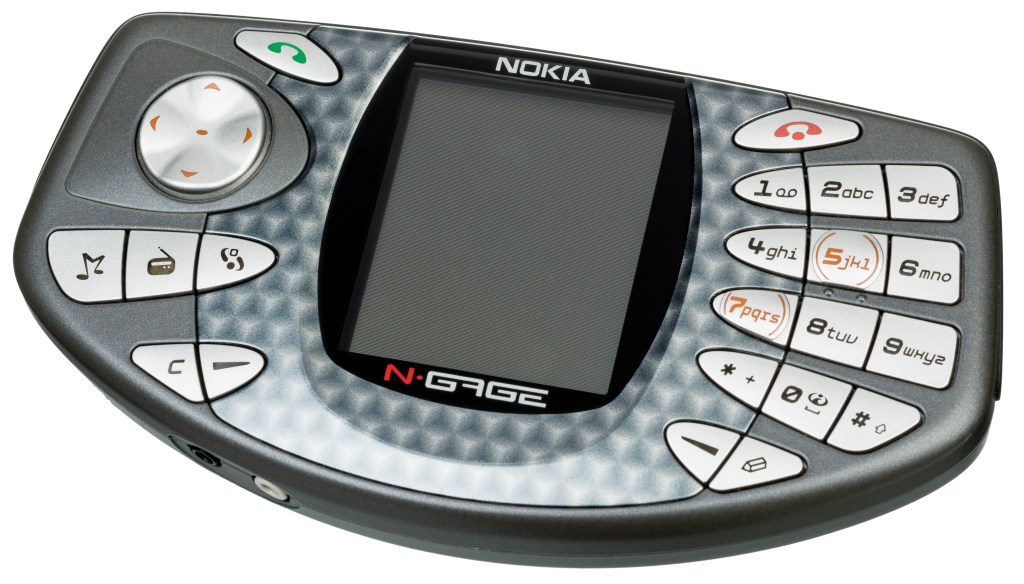
Nokia N-Gage (2003)
The N-Gage was one of those ideas that was ahead of its time, but without the right technology to make it viable. While playing games on your phone was something that existed in a minor way, we were still several years from that concept getting a major shot in the arm with the rise of smartphones. Nokia jumped on the idea early by creating a handheld gaming device that was also a phone. Too bad it needed more time in the planning and design stages.
Their ambitions were in the right place, and Nokia picked up some strong game franchises, but the quality of the N-Gage hardware was nonexistent, and it failed to make a dent against the Game Boy Advance. The vertical screen wasn’t much of a help and made things like the King of Fighters port look absolutely cursed.
I actually knew somebody who got his hands on an N-Gage years after they were discontinued and chose to make it his cellphone for the sake of ironic novelty. While a cute idea, the tedious part was that you could only use it as a phone by holding it completely horizontally.
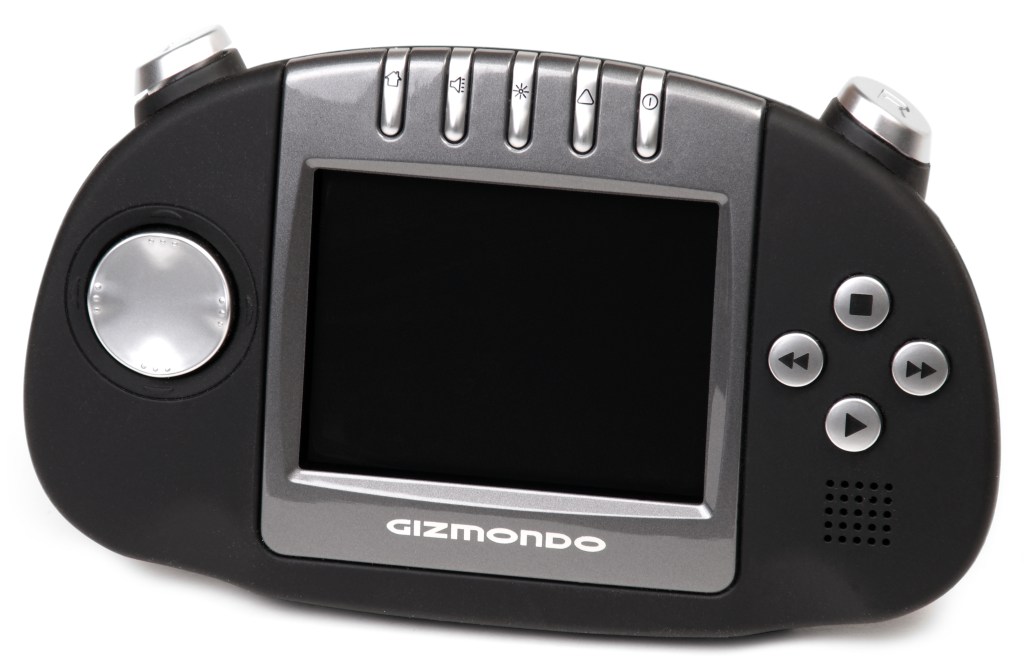
Gizmondo (2005)
While a lot of these entries come off as interesting anecdotes, the story of the Gizmondo is such a comedy of errors that its existence could justify a movie or documentary.
Like the N-Gage, the idea behind the Gizmondo was to mix handheld gaming with basic mobile phone concepts (in this case, texting, cameras, and GPS). Even the specs were fairly impressive and the whole thing could have been a success in the right hands.
But wouldn’t you know it, Tiger Telematics (no relation to Tiger Electronics) flew too close to the sun. This is what happens when “fake it until you make it” goes wrong. They promoted the release of the hardware with a massive party that included performances by Sting, Busta Rhymes, Pharrell Williams, and others. There was even a store in London established specifically for selling the Gizmondo console and its very few games. Hilariously, they also gave you the option to pay extra for a version that didn’t include advertisements, but they never got around to introducing advertisements to the other Gizmondo devices, so it was an even bigger waste of money. Granted, not that many people bought them to begin with.
Oh, and one of the guys behind it had mafia ties and got in a car accident that cut his million-dollar Ferrari in half. Gizmondo was wild, man.
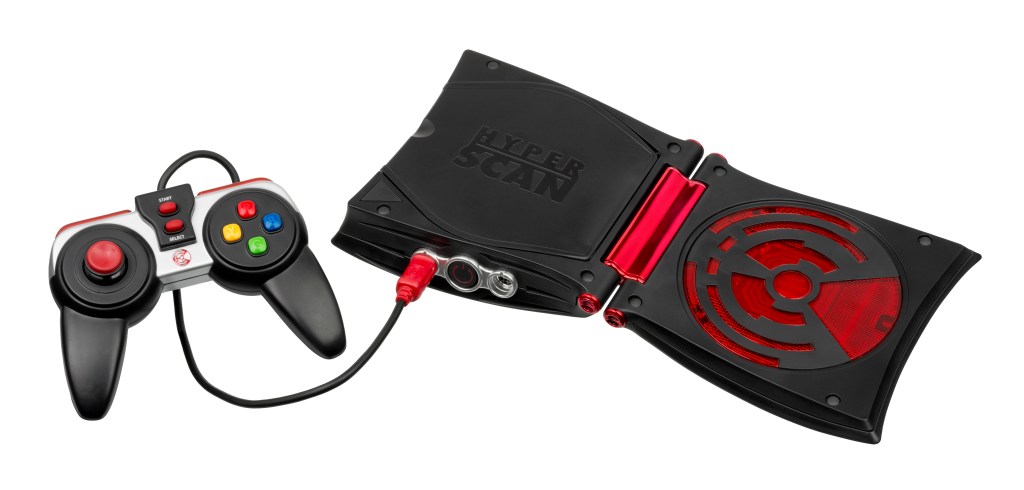
Mattel HyperScan (2006)
Imagine creating a game system completely revolving around lootboxes. A console where playable characters, enemies, powers, levels, locations, and so on were all dependent on owning trading cards that you could scan into your machine like low-rent Amiibos. Then make everything else about this console (from the endless load screens to the nigh-unplayable library) complete garbage. Congratulations, you just created the HyperScan.
Only five games were released for the HyperScan. This included three Marvel titles, a Ben 10 game, and something about intergalactic wrestling. The whole thing was discontinued within months. That not only put the kibosh on games based on Avatar: The Last Airbender and Nick Extreme Sports, but it also meant that the card sets for the existing games were never fully released. Good thing the X-Men fighting game was so lousy because if you were invested in it, you would have been cheated out of nearly half of the game’s content after the fact.
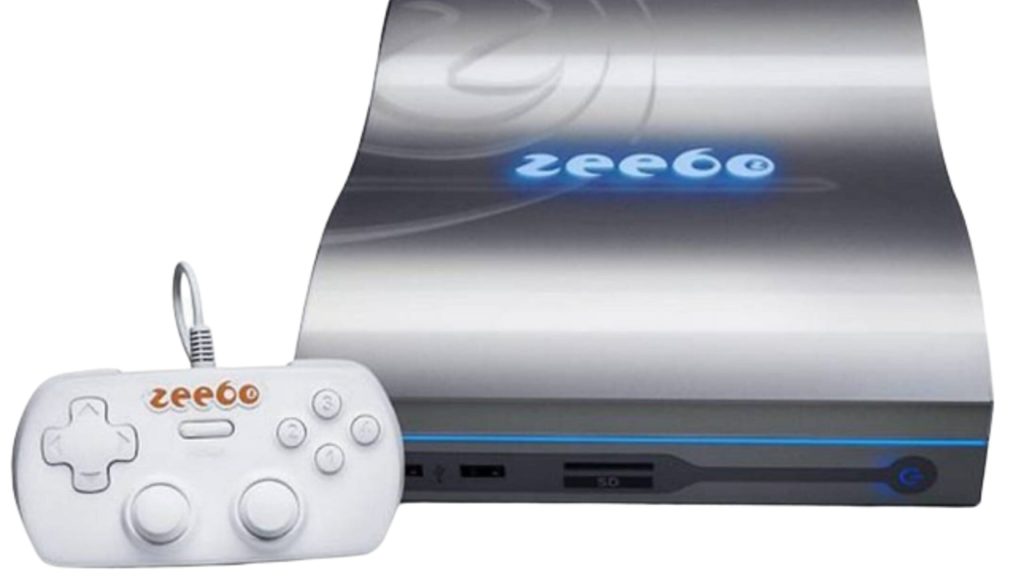
Zeebo (2009)
The basic idea of the Zeebo was sound. Brazil had issues with importing video games, which led to tons of piracy. Zeebo Inc. wanted to create a digital-only console that would support official ports from various top third-party developers. The console would also be released in Mexico, and there were plans to eventually distribute the console to other countries as well.
Unfortunately, the hardware’s power and functionality were on par with a 2009 cellphone. So, those ports were limited, to say the least. That lack of power led to developers canceling various high-profile projects like Sonic Adventure and Street Fighter Alpha.
Due to its digital-only setup, the only way you can play Zeebo games today is to get your hands on a used Zeebo from the two years when it was active and ensure that it already has those games downloaded. It’s a shame, as the Zeebo version of Double Dragon is entirely unique and seems like a lot of fun, but until an emulation breakthrough happens, it’s nearly impossible for anyone to play it.
Incidentally, it was a weird move for them to name a console after the cigar-smoking clown ghost from Are You Afraid of the Dark?
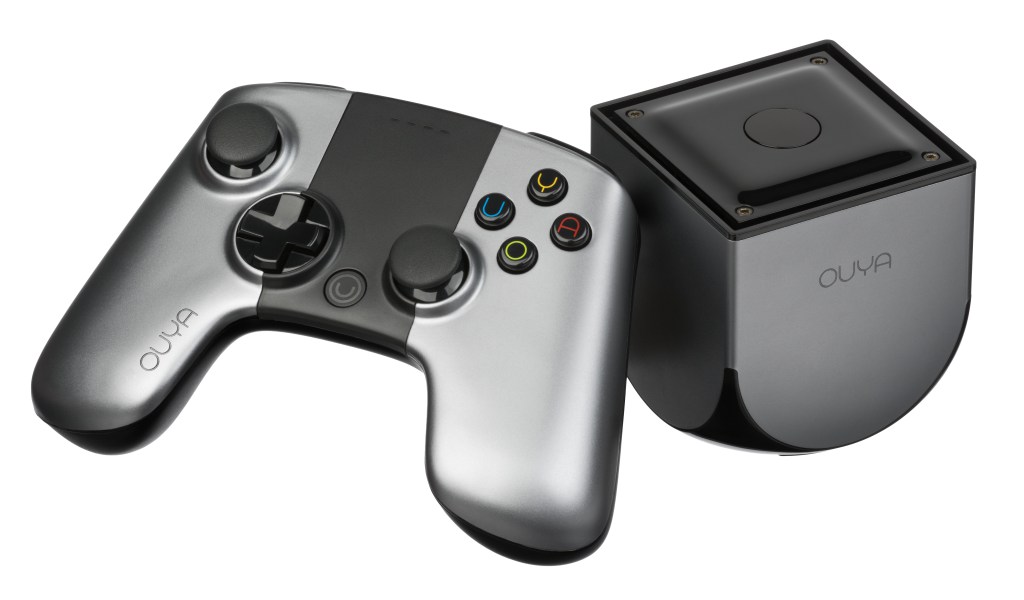
Ouya (2013)
To stand out in the gaming industry, especially at this late stage, the idea isn’t to meet the top names at their own game. The better move is to notice a unique avenue and capitalize on it. For instance, the Ouya was a tiny box that utilized smartphone technology and was based around a massive storefront of indie-developed games that came with demos. It was a budget console based around celebrating the little guy. The Ouya’s conceptual brilliance is proven by the incredible success of its Kickstarter campaign.
After killing it on Kickstarter, though, those behind the console repeatedly fumbled the ball. The controllers were inconsistent, their “Free the Games Fund” was buried by scandals, and the few games of quality were buried by the quantity of significantly lesser releases. The sales were so dire that Ouya’s most popular game, Towerfall, sold a mere 7,000 copies. Ouya was eventually bought by Razer, Inc., which discontinued the console in 2015 and ended its online activity in 2019.
It’s honestly a shame. If those in charge had played their cards right, the Ouya could have theoretically capitalized on the digital nature of modern gaming (especially during the COVID-19 pandemic). Then again, Google Stadia failed to do the same despite having the ball in their court, so maybe not.
